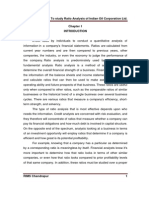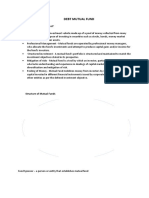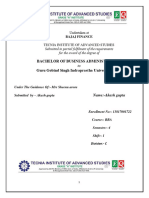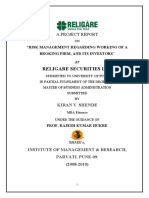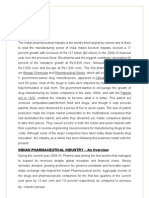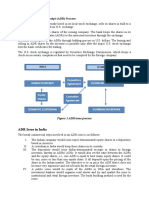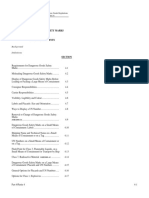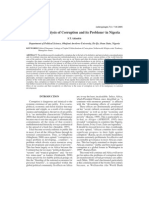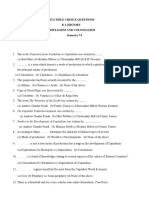0% found this document useful (0 votes)
2K views4 pagesMUTUAL FUND-assignment
A mutual fund is a financial vehicle that pools money from many investors to invest in securities like stocks, bonds, and money market instruments. Mutual funds allow small investors to access a professionally managed portfolio that is structured to match the fund's investment objectives. When you buy shares in a mutual fund, you are buying a portion of the fund's overall portfolio. There are many types of mutual funds that invest in different asset classes, like equity funds that focus on stocks, fixed income funds that focus on bonds, and balanced funds that invest in both stocks and bonds. Mutual funds provide investors with diversification and professional management of their investments.
Uploaded by
TinkuCopyright
© © All Rights Reserved
We take content rights seriously. If you suspect this is your content, claim it here.
Available Formats
Download as DOCX, PDF, TXT or read online on Scribd
0% found this document useful (0 votes)
2K views4 pagesMUTUAL FUND-assignment
A mutual fund is a financial vehicle that pools money from many investors to invest in securities like stocks, bonds, and money market instruments. Mutual funds allow small investors to access a professionally managed portfolio that is structured to match the fund's investment objectives. When you buy shares in a mutual fund, you are buying a portion of the fund's overall portfolio. There are many types of mutual funds that invest in different asset classes, like equity funds that focus on stocks, fixed income funds that focus on bonds, and balanced funds that invest in both stocks and bonds. Mutual funds provide investors with diversification and professional management of their investments.
Uploaded by
TinkuCopyright
© © All Rights Reserved
We take content rights seriously. If you suspect this is your content, claim it here.
Available Formats
Download as DOCX, PDF, TXT or read online on Scribd
/ 4




